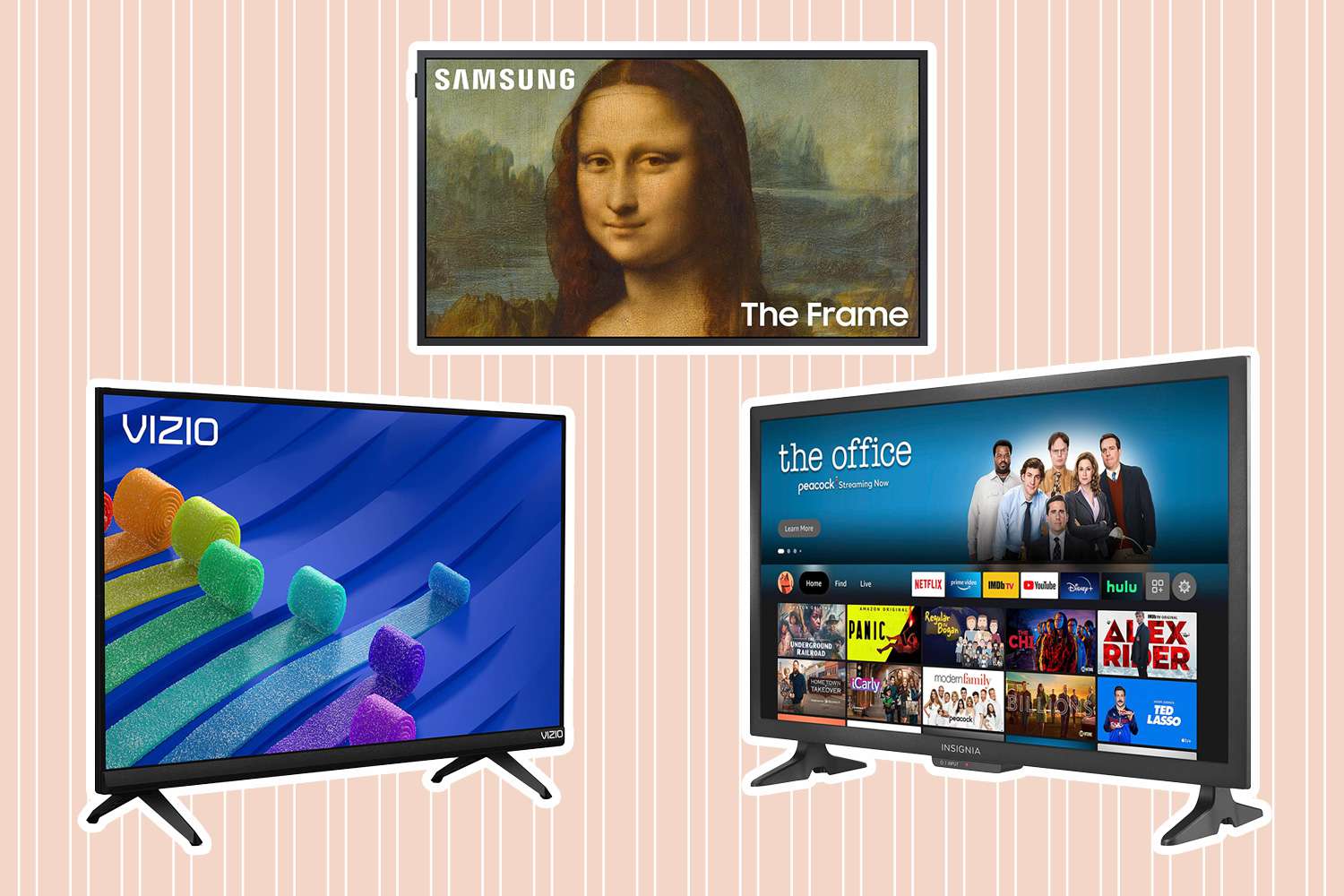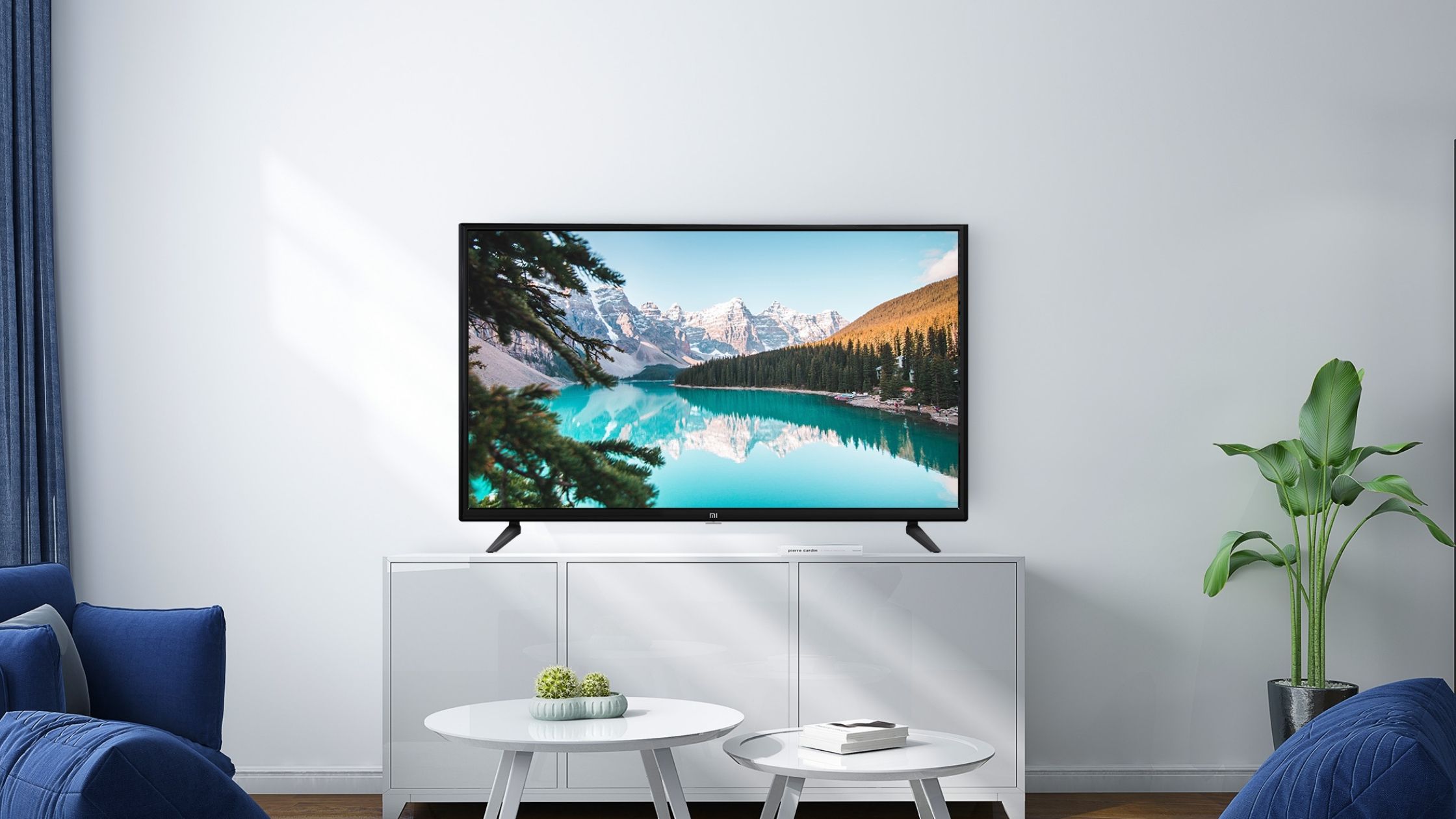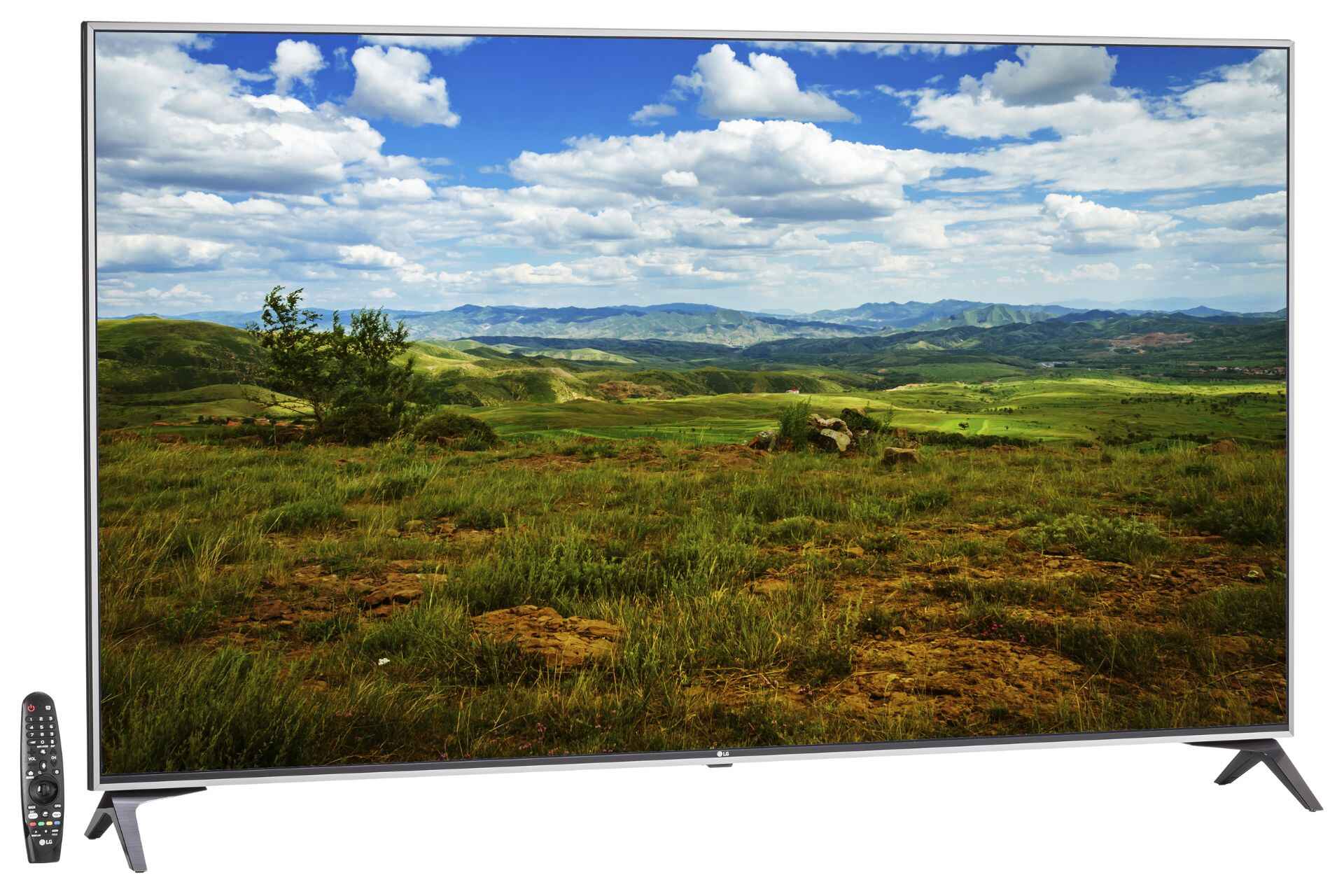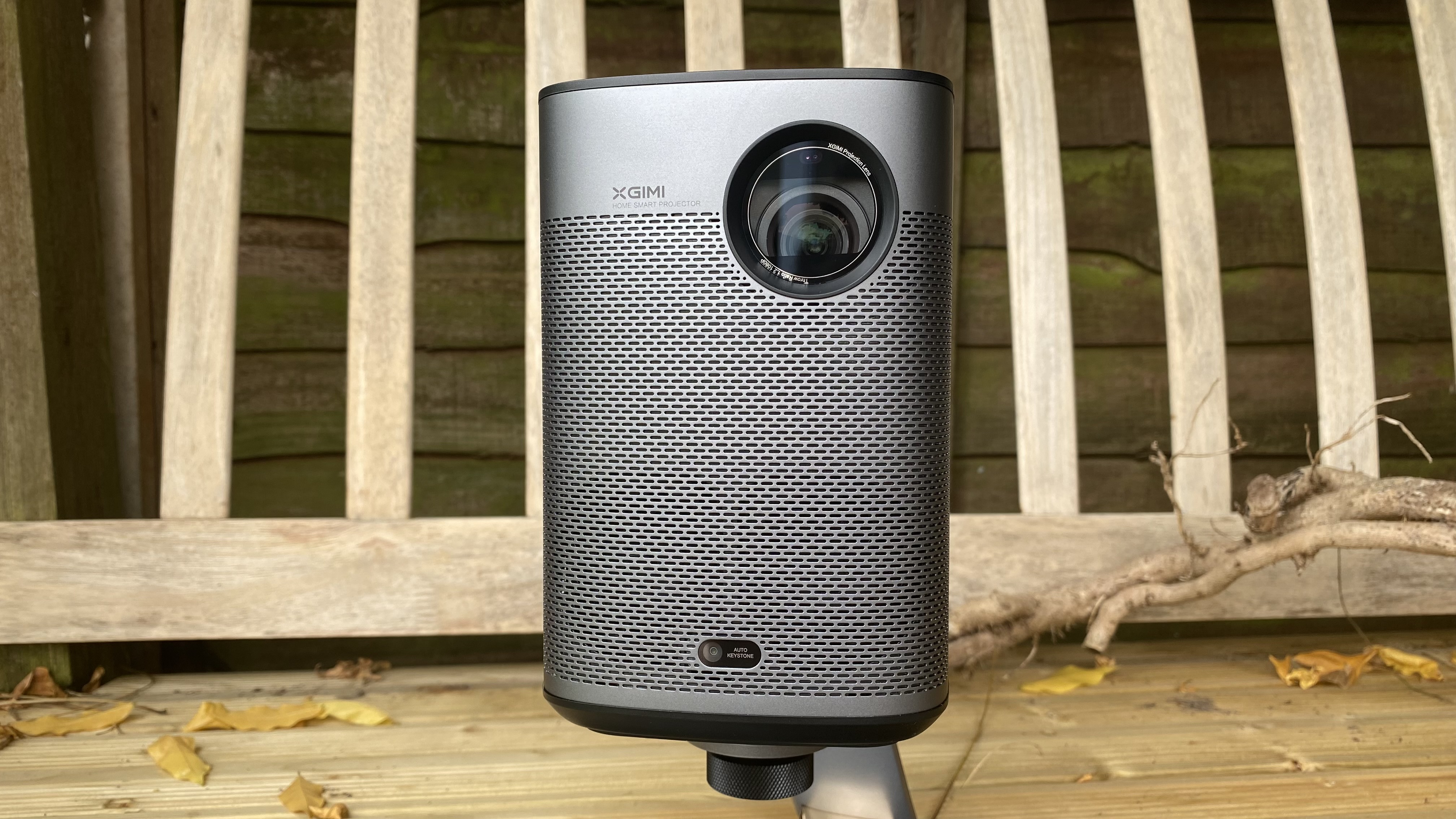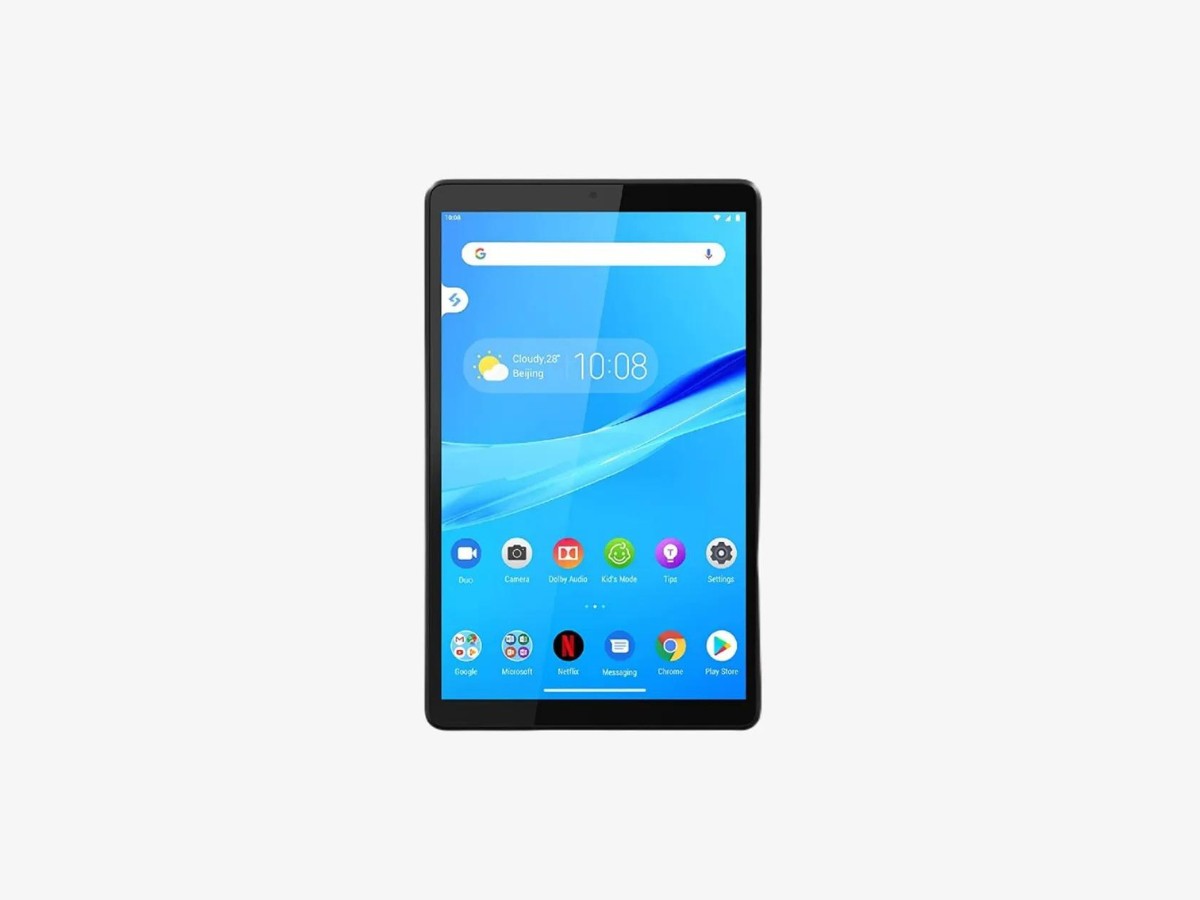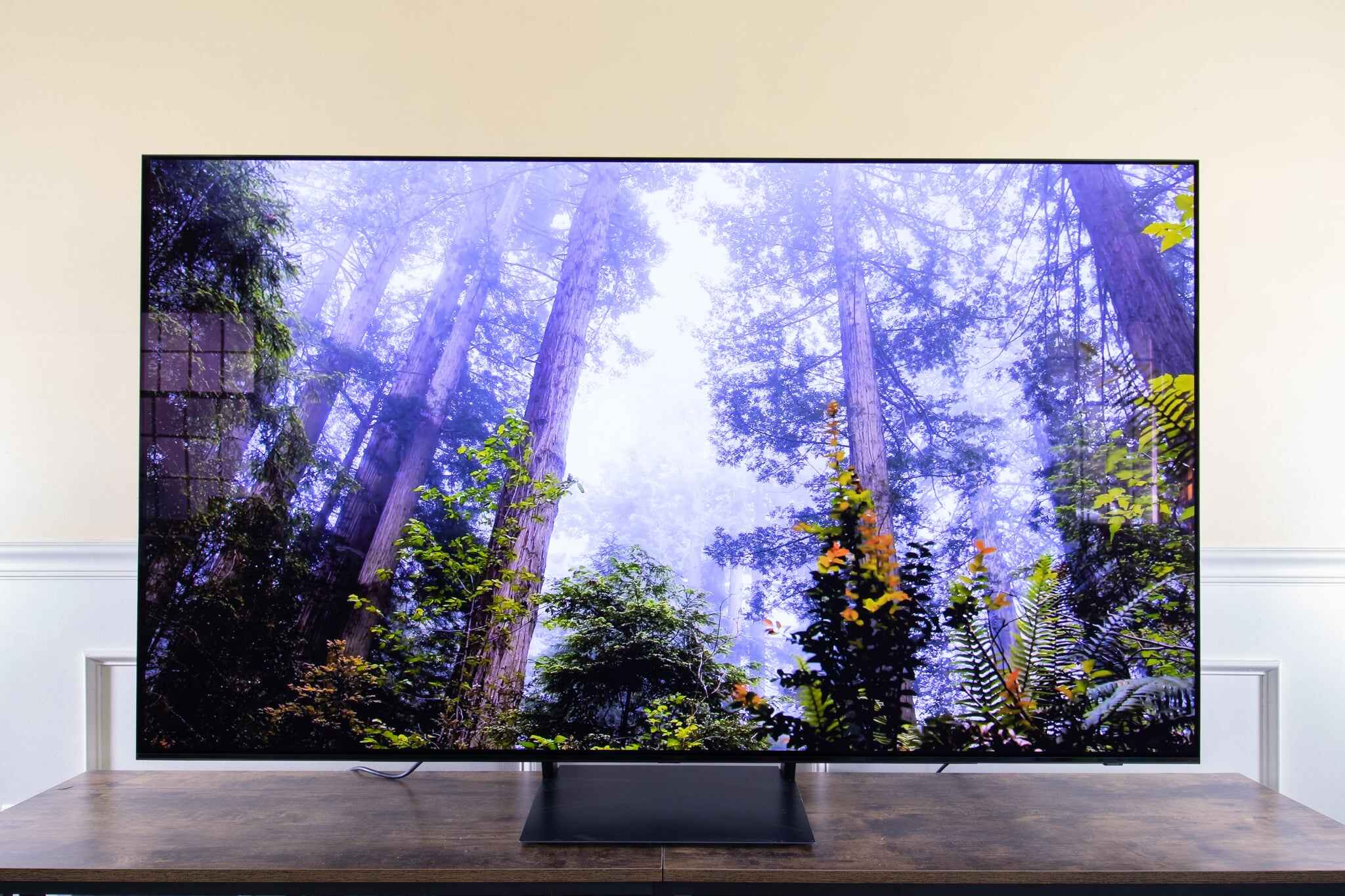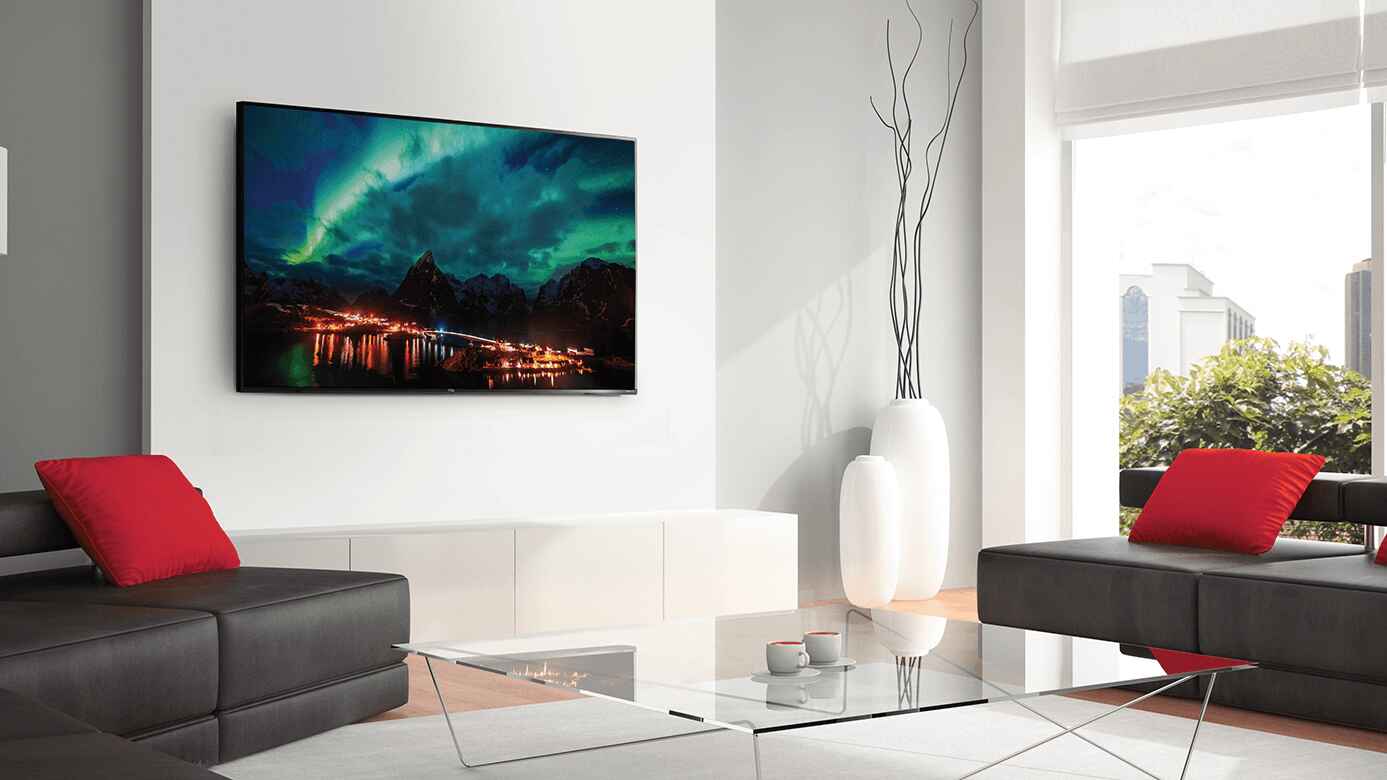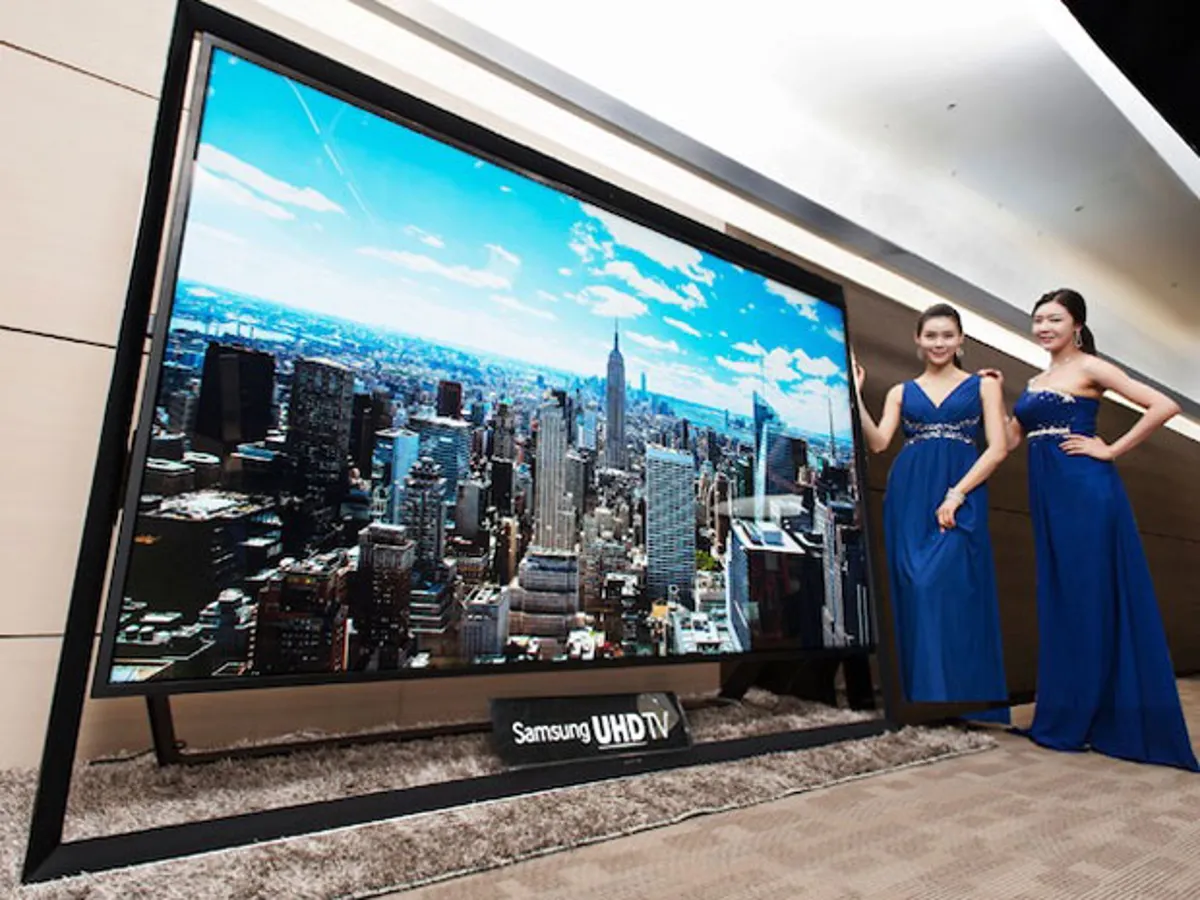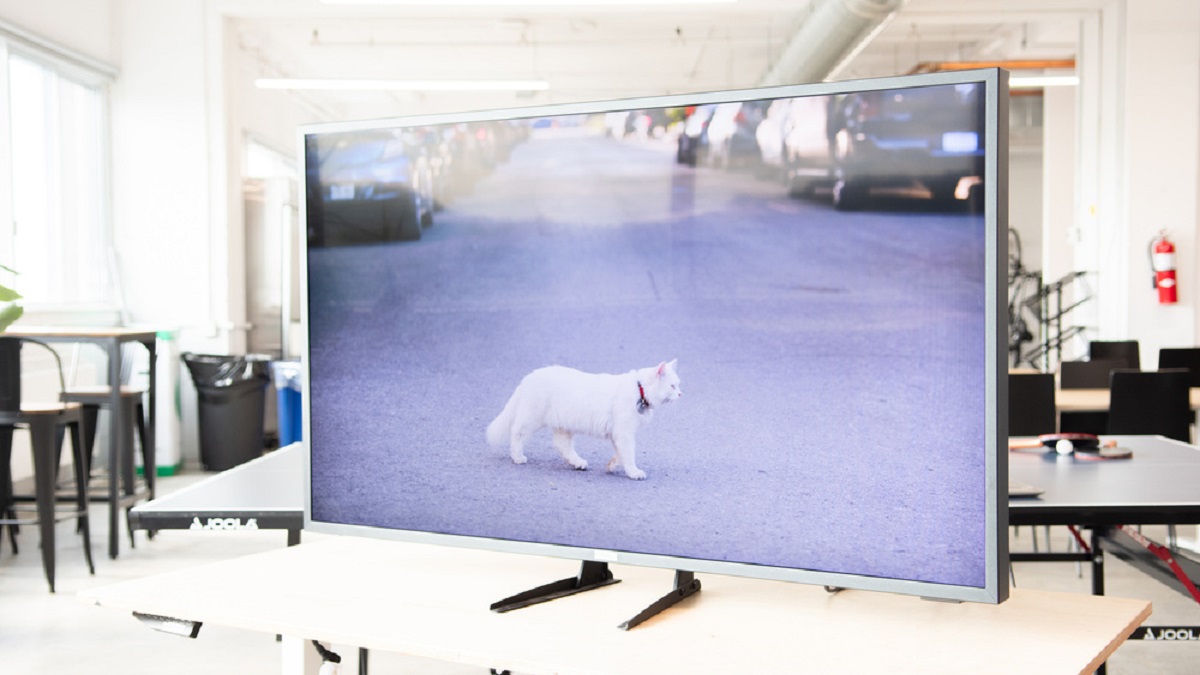Introduction
Welcome to the world of smart TVs, where entertainment options and technology are constantly evolving. A smart TV combines the features of a television with the capabilities of a computer, enabling users to access a wide range of apps, streaming services, and internet browsing. When it comes to choosing the right smart TV, one of the factors to consider is the size of the screen.
The size of the TV can greatly impact your viewing experience, as it determines how immersive and engaging your content will be. From small screens that fit perfectly in compact spaces to large screens that mimic the experience of a cinema, there is a wide range of sizes to choose from. In this article, we will focus on the smallest smart TV sizes available in the market and discuss the benefits and limitations of opting for a smaller screen.
It’s important to note that the definition of a “small” TV varies from person to person, as it largely depends on the available space in your home, personal preferences, and viewing habits. Some may consider a 32-inch TV as small, while others may see a 24-inch TV as the ideal compact option. Regardless of your definition, we will explore the smallest smart TV sizes currently offered by popular brands and help you make an informed decision about the size that suits your needs.
Factors to Consider When Choosing a Smart TV Size
Choosing the right smart TV size is essential to ensure an optimal viewing experience and make the most of your entertainment setup. Here are some important factors to consider before settling on a specific size:
1. Available Space: The first and foremost factor to consider is the space where you plan to install the smart TV. Measure the area and take into account the dimensions of the TV, including any stands or mounts. Ensure there is adequate clearance around the TV for ventilation and easy access to ports and controls.
2. Viewing Distance: The distance between your seating area and the smart TV is another crucial consideration. The rule of thumb is to maintain a distance that is around 1.5 to 2.5 times the diagonal screen size. For example, if you have a 40-inch TV, the optimal viewing distance would be between 5 and 8 feet.
3. Room Lighting: Take into account the lighting conditions in the room where the smart TV will be placed. If the room is well-lit with natural or artificial light, a larger TV may be necessary to counteract any glare. On the other hand, if the room is dimly lit or dedicated to home theater purposes, a smaller TV may suffice.
4. Content Consumption: Consider how you primarily use your smart TV. If you mainly watch movies, sports, or play games, a larger screen can provide a more immersive experience. However, if you primarily use the TV for casual browsing, news updates, or as a secondary screen, a smaller size may be more than sufficient.
5. Budget: The size of the smart TV has a direct impact on its price. Larger models with more advanced features tend to cost more. Determine your budget beforehand and find a balance between your desired size and the features you need within your price range.
By considering these factors, you can ensure that the smart TV size you choose aligns with your viewing preferences and complements your overall home entertainment setup. Remember, it’s important to strike a balance between the available space, viewing distance, and your budget to make an informed decision.
Understanding Screen Size Measurements
When it comes to choosing a smart TV size, it’s essential to have a clear understanding of how screen size measurements are determined. Screen size is typically measured diagonally from one corner of the display to the opposite corner. However, it’s important to note that the actual dimensions of the TV may differ due to the bezel or frame surrounding the screen.
The measurement is taken in inches, which represents the length of a diagonally drawn line across the screen. For example, a 32-inch smart TV will have a diagonal measurement of 32 inches from one corner to another. Keep in mind that this measurement does not include the bezel or any external dimensions of the TV.
It’s important to know that the screen size alone does not provide a complete picture of the TV’s dimensions. The actual dimensions of the TV, including width, height, depth, and weight, may vary between brands and models. Therefore, it’s advisable to refer to the manufacturer’s specifications to get accurate information about the TV’s physical dimensions.
Additionally, while screen size is a key factor, it’s not the only consideration when evaluating the visual experience. The resolution of the TV, measured in pixels, also plays a crucial role. Higher-resolution TVs, such as 4K Ultra HD or 8K TVs, offer sharper and more detailed images, especially on larger screens.
Understanding screen size measurements and considering resolution can help you make a more informed decision about the size and image quality of the smart TV you choose. By taking these factors into account, you can ensure that your viewing experience is optimized for the content you enjoy and the available space in your home.
The Smallest Smart TV Sizes Available
When it comes to small smart TVs, there are several sizes available to cater to different needs and preferences. While the definition of “small” may vary from person to person, the following sizes are commonly considered as the smallest options:
1. 24-Inch Smart TV: A 24-inch smart TV is compact and perfect for small living spaces, bedrooms, or kitchens. It offers a decent viewing experience for those looking for a smaller screen option. This size is ideal for casual watching, gaming, or secondary screen usage.
2. 28-Inch Smart TV: Slightly larger than the 24-inch model, a 28-inch smart TV provides a slightly larger viewing area and can be a great choice for small rooms or as a second TV for a household. It offers a balance between a space-saving design and a more immersive viewing experience.
3. 32-Inch Smart TV: Considered a popular size for small to medium-sized rooms, a 32-inch smart TV offers a comfortable viewing experience. It strikes a good balance between screen size and budget, making it an excellent choice for apartments, dorms, or bedrooms.
While these sizes are considered the smallest options, it’s worth noting that some brands may offer even smaller sizes, such as 22 inches or 20 inches, catering to extremely compact setups or specific requirements.
When choosing the smallest smart TV size, it’s important to consider your specific needs, available space, and viewing preferences. Keep in mind that a smaller screen may have limitations in terms of immersive viewing or detailed image quality, especially if you are a fan of action-packed movies or gaming that thrive on larger displays.
Ultimately, the smallest smart TV size you choose should strike a balance between your space limitations, budget, and viewing expectations. By considering your specific requirements, you can select a size that fits perfectly into your lifestyle and enhances your entertainment experience.
Benefits of Choosing a Small Smart TV
Opting for a small smart TV has its own set of advantages that can make it an appealing choice for many individuals. Here are some benefits of choosing a smaller screen size:
1. Space-Saving Design: One of the most obvious benefits of a small smart TV is its space-saving design. If you have limited space in your home, such as a small apartment or a cozy bedroom, a smaller TV can fit perfectly without overwhelming the room. It allows you to enjoy a smart TV experience without sacrificing valuable space.
2. Versatility: Small smart TVs offer versatility in terms of placement options. They can be easily mounted on a wall, placed on a compact stand, or even used as a secondary TV in other rooms. This flexibility allows you to enjoy your favorite content wherever you want, whether it’s in your bedroom, kitchen, or even in an RV or camper.
3. Affordability: Smaller smart TVs are generally more affordable compared to their larger counterparts. If you are on a budget or looking for an additional TV for a specific space, a smaller size can be a cost-effective option. You can still enjoy the benefits of a smart TV, such as streaming services and internet connectivity, without breaking the bank.
4. Energy Efficiency: It’s no secret that larger TVs consume more energy. By choosing a small smart TV, you can benefit from improved energy efficiency. Smaller screens require less power to operate, resulting in lower energy consumption and potentially reducing your electricity bills. This is not only good for your wallet but also for the environment.
5. Ideal for Small Groups or Individual Viewing: If you primarily watch TV alone or in small groups, a smaller screen size can provide a more intimate and personalized viewing experience. You can sit closer to the screen and have fewer distractions, enhancing your immersion in the content.
While small smart TVs may have some limitations in terms of screen size and viewing experience, they are an excellent choice for those who value space optimization, versatility, affordability, energy efficiency, and personal viewing preferences. Assess your specific needs and consider these benefits to determine if a small smart TV is the right fit for you.
Limitations of Small Smart TVs
While small smart TVs offer many advantages, it’s important to be aware of their limitations before making a purchase decision. Here are some potential drawbacks of choosing a smaller screen size:
1. Limited Immersion: Smaller screen sizes may not provide the same immersive experience as larger TVs. If you enjoy watching movies, sports, or playing games that rely on a larger field of view, a small smart TV may not deliver the same level of visual impact and immersion.
2. Less Detailed Image Quality: Smaller screens can present challenges in terms of image quality, especially when it comes to displaying fine details. If you are particularly sensitive to image quality or are a fan of high-resolution content, a larger TV with a higher pixel density may be more suitable.
3. Limited Viewing Angles: Smaller smart TVs may have narrower viewing angles, which means the picture quality might be less optimized when viewing from certain angles. This can be a consideration if you plan to have multiple viewers or if your seating arrangement is not directly in front of the TV.
4. Limited Sound Quality: Due to their compact size, small smart TVs often have smaller built-in speakers, which can result in lower audio quality. If you appreciate immersive sound or want to enhance your viewing experience with a home theater setup, you may need to invest in external speakers or a soundbar.
5. Smaller Text and User Interface: The smaller screen size can make reading text and navigating through the smart TV’s user interface a bit more challenging. If you frequently use apps or browse the internet on your TV, a larger screen may offer better readability and ease of use.
It’s important to assess your viewing preferences, the kind of content you consume, and your expectations for image quality and immersive experience before deciding on a small smart TV. Consider these limitations to determine if they align with your needs and whether you are willing to compromise on certain aspects to enjoy the benefits of a smaller screen.
Popular Brands Offering Small Smart TVs
When it comes to small smart TVs, there are several popular brands that offer a range of options to suit different preferences and budgets. Here are some well-known brands known for their quality small smart TVs:
1. Samsung: Samsung is renowned for its innovative and high-quality TVs. They offer a variety of small smart TV models with screen sizes ranging from 24 inches to 32 inches. Samsung TVs are known for their sleek designs, vibrant displays, and user-friendly interfaces.
2. LG: LG is another reputable brand that offers a range of small smart TVs. With their focus on picture quality and user experience, LG smart TVs come in various sizes including 24 inches, 28 inches, and 32 inches. LG is known for its intuitive webOS platform and innovative features.
3. Sony: Sony is renowned for its cutting-edge technology and superior image processing. They offer small smart TVs with screen sizes starting from 24 inches. Sony TVs boast stunning visuals, crisp audio, and a vast selection of apps and streaming services.
4. TCL: TCL has gained popularity in recent years for its affordable yet feature-rich smart TVs. They offer a range of small screen sizes, including 24 inches and 32 inches. TCL TVs generally feature good picture quality, smart functionality, and a competitive price point.
5. VIZIO: VIZIO specializes in providing value-for-money smart TVs, including smaller screen options. They offer a range of sizes, including 24 inches, 28 inches, and 32 inches, with features like smart connectivity, 4K resolution, and HDR support at an affordable price point.
These brands are just a few examples of those offering small smart TVs. Other notable brands such as Hisense, Philips, and Sharp also have a variety of models in smaller screen sizes. Before making a purchase, it’s important to consider the specific features, warranty, and customer reviews of the models offered by these brands to find the best fit for your needs.
Finding the Right Size for Your Needs
Choosing the right size smart TV is a subjective decision based on your individual preferences, viewing habits, and available space. Here are some tips to help you find the right size for your needs:
1. Measure your space: Start by measuring the area where the TV will be placed. Consider the width, height, and depth of the space, as well as any potential viewing distance restrictions or obstacles.
2. Determine your viewing distance: Consider how far you typically sit from the TV and use that as a guideline to calculate the appropriate screen size. As a general rule, multiply the viewing distance by 0.84 to 1.5 to find the ideal screen size range for an immersive viewing experience.
3. Consider the content you watch: If you primarily watch movies, sports, or play video games, a larger screen size might be preferable to enhance the viewing experience. However, if you mainly use the TV for casual browsing, news updates, or as a secondary screen, a smaller size may suffice.
4. Evaluate your budget: Determine your budget and find a balance between screen size and features within your price range. Remember, larger screens tend to be more expensive, so be sure to consider other factors such as display technology, connectivity options, and image quality when comparing prices.
5. Read customer reviews: Research customer reviews and ratings for the specific models and brands you are considering. Reviews can provide valuable insights into the quality, performance, and durability of the TVs, helping you make a more informed decision.
6. Visit a showroom: If possible, visit a local electronics store or showroom to see the different screen sizes in person. This will give you a better sense of how each size looks and feels, allowing you to visualize the TV in your own space.
By considering these factors and tips, you can find the right smart TV size that fits your needs, preferences, and budget. Remember, the perfect size is subjective and varies from person to person, so choose a size that provides an enjoyable and immersive viewing experience for you and your household.
Conclusion
Choosing the right size for your smart TV is an important decision that can greatly impact your entertainment experience. By considering factors such as available space, viewing distance, room lighting, and content consumption, you can determine the ideal size for your needs.
The smallest smart TV sizes available, such as 24 inches, 28 inches, and 32 inches, offer benefits such as space-saving design, versatility, affordability, and energy efficiency. These sizes are particularly suitable for smaller living spaces, bedrooms, kitchens, or as secondary TVs. However, it’s important to be aware of the limitations of small smart TVs, such as limited immersion, lower detailed image quality, and narrower viewing angles.
Popular brands like Samsung, LG, Sony, TCL, and VIZIO offer a range of small smart TVs, each with its own unique features and specifications. Before making a purchase, it’s advisable to compare models, read customer reviews, and consider your specific requirements and budget.
In the end, finding the right size for your smart TV is a subjective decision that depends on a combination of personal preferences, available space, and viewing habits. By following the guidelines provided in this article and considering your unique needs, you can select a small smart TV size that enhances your entertainment setup and delivers an enjoyable viewing experience. So, go ahead and start exploring the world of small smart TVs to find the perfect fit for your home!







